Latest Article
Trending Answers
Join The Newsletter
Subscribe to get our latest content by email. We won't send you spam. Unsubscribe at any time.
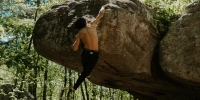
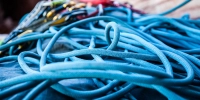
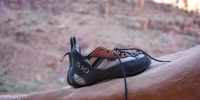



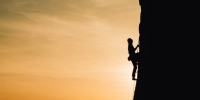
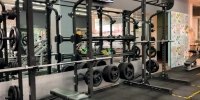
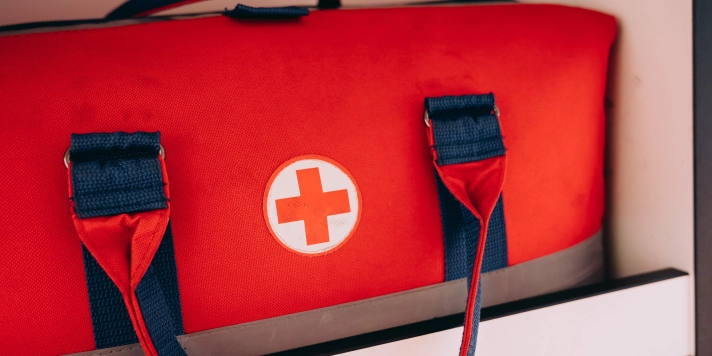
I don't really think there is a general best length. For me personally, I cut them just enough to not be too short, but don't leave enough to hear the nails on the wall. If they are even a little bit longer than that, they tend to sometimes get bent backwards while grabbing the holds, which obviously is not very pleasant.